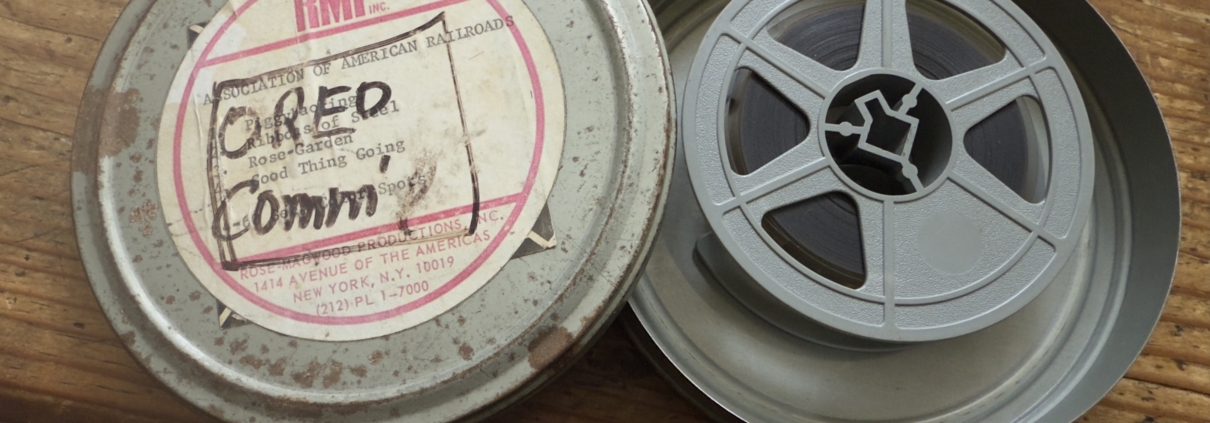One night in the late 1960s, I was chatting with a friend about those methods people claimed could unmask a spy. The classic test: “Who won the World Series last year?” If someone couldn’t answer, their cover was betrayed. I always found that approach dubious since I couldn’t name you two baseball players if I had to. By that logic, I’d be a prime suspect myself!
We brainstormed our own “Spy Test” scenarios, tossing around ideas until inspiration struck—right there on my plate. A perfect test, hiding in plain sight.
Years later, living in Berkeley and eager to teach myself filmmaking, I decided to create a simple project. With no formal film schools around yet, self-teaching seemed the way to go. I settled on making a TV commercial of sorts.
Armed with a borrowed Bolex camera with three interchangeable lenses and a group of willing friends, we embarked. I found an abandoned building to serve as our set—it became my first tentative foray into filmmaking, centered around that brilliant Spy Test.
The Film:
-
Opening shot: a spooky warehouse. Weeds in foreground.
-
A blindfolded man is escorted in by trench-coated figures.
-
They guide him up a spiral staircase.
-
Spotlight on, blindfold off—interrogation begins.
-
A passport, waved in his face; he looks clueless. He’s not talking.
-
A mysterious woman enters, carrying a briefcase.
-
She opens it to reveal a package of Oreo Cookies.
-
Interrogator #1: “Raised in Milwaukee, huh?”
-
Interrogator #2: “How would you eat one of these, American?”
-
The prisoner looks perplexed as Oreos spill out.
-
He picks one up, takes a bite. Chaos ensues: “Spy! Get him out of here!”
-
As he’s dragged away, the interrogators each pick up a cookie, twist it apart, and eat the exposed filling.
- We freeze frame on their happy faces mid lick.
- A Narrator’s voice: “Any Real American knows how to eat an Oreo Cookie”
- A chorus sings in the background: “Oorrrerrrro”
I shot way too many scenes: enough for a short film.
Boy, was I excited to see the developed film. However, the rolls came back with an inadvertent streak of light along the edge of the frame, caused by a missing small slide-in filter that fits behind the lens. I couldn’t fix the streak, so I learned to cut around it and live with it. When those shots were used, they gave the film a unique look—my first lesson in happy accidents. And my first real lesson chalked up to do-it-yourself film school: always put that filter thing in the Bolex.
The truth: I had no idea what I was doing that day. But something felt electric about holding that camera and embracing the challenges. I loved how my friends showed up and played along. I was lucky that there was electricity at all where we filmed but I had to rig lighting with extension cords snaked through holes in the wall. The building was half-condemned, filled with creaks and shadows. My girlfriend—dressed like a noir assassin. We all winged it.
Those, along with dozens more important lessons were learned that day. Learned by taking a risk. When the film came back with that streak of light burned in, I was crushed. But after watching it a dozen times projected on my living room wall, the look grew on me. That slit became a kind of scar—a mark of the moment.
A friend from Zoetrope Studio helped me edit it together over a few nights.
Later, another friend mentioned knowing someone at Nabisco’s ad agency. Ever naively hopeful, we mailed them a copy of the film, thinking they might love it and surely hire us to shoot a real commercial for them. Of course, we never heard back: an important lesson learned. And every time I see someone twist an Oreo the “right” way, I can’t help but smile and think, “Maybe, just maybe, that was our idea first.”
That film, with its unintended light streak, became more than just my first real project – it became the spark that ignited a lifelong journey. A simple idea, a borrowed camera, and a group of friends – the beginning of the beginning.



